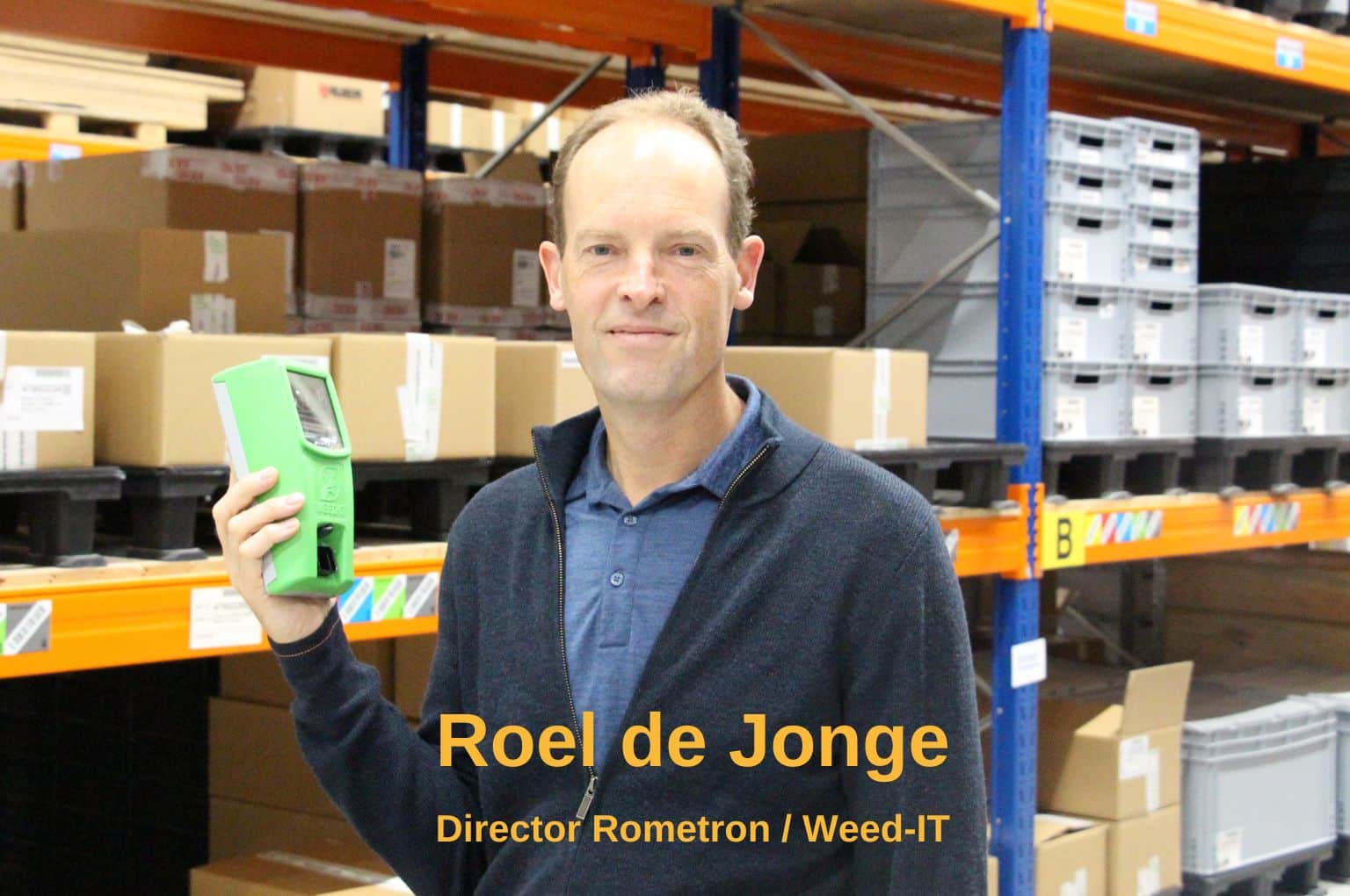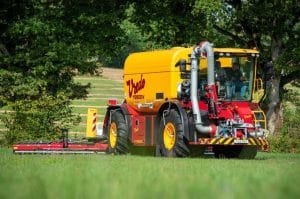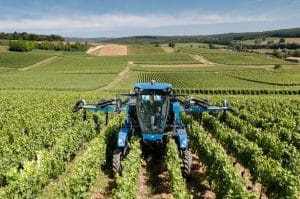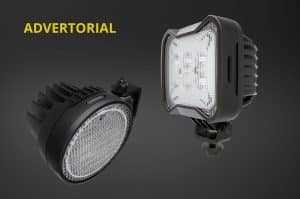It started as a project for an internship, over 25 years ago. And truly turned out successfully on the world market. Roel de Jonge developed the unique herbicide saving Weed-IT infrared spot spray technology. Initially only as “green on brown”. Now also available as “green on green” application in several row crops. Innovation is his DNA.
By Ad Bal
Roel de Jonge is a selfmade man. Born in an entrepreneurial family and with roots in agriculture, he took his study in agricultural mechanization at the Wageningen University in the Netherlands in the nineties of the past century. From his childhood, he was an ag machinery enthusiast already.
“I wanted to build tractors”, Roel says. Although this was unreal and just dreaming about the future, it made crystal clear that he had a passion for mechanization in agriculture.
Indeed a career in the ag machinery business followed, even turning out into his own Rometron (Roel Mechatronics) business, 25 years ago now. During this study in Wageningen, Roel was on an internship at the Kamps de Wild company in the Netherlands. This company is distributor of a range of machinery brands, both in agriculture and in the public green sector. Also through the (former) Kaweco sister company in those days, Kamps de Wild had its own equipment manufacturing division. Here Roel developed the first successful prototype of a fluorescent weed detection device, which made precision spraying possible. Both in the Netherlands and in the UK, there was and still is strong legislation for weed control. Eventually the first patented machine with Weed-IT sensor technology was launched in 1999.
From that moment, Weed-IT took off, it was the true starting point. The system with a working width of 2 meters max, was primarily marketed in Europe through Kamps de Wild. However, because of its limited working width, it was suitable for the public green sector only.
Then, by accident Roel got in touch with a student who was on an internship at the GPS-Ag (supplier of mainly precision technology like autosteer, mapping etc.) company in Australia. Spot spraying was receiving much attention in this country at that time. As a result, the Weed-IT sensor was sent there and tested on large scale farms in Australia. This turned out well and as of that moment the modular Weed-IT technology was installed on spraying machines in this country.
High-Tech device
The green colored Weed-IT device is filled with electronics, making it a unique piece of technology that emits visible red light onto the ground. As a result, the chlorophyll of a weed plant acts more or less as an infrared light and this is detected by the Weed-IT unit. Then, through PWM (Pulse With Modulation) technology, the signal for immediate and very precise spot spraying is given to the dosing unit of the machine.
Within a split second, the nozzles spray the exact volume of herbicide on the spot, where the weed plant is detected. Every millimeter the system makes a decision whether to spray or not. Precision goes to plots of 25 cm wide with mapping or task maps.
“Our breakthrough in Australia also opened up other markets”, Roel continues. “In the year 2016 we had already produced 10,000 units for the global market. This equals to 10 kilometer, as the Weed-IT units are mounted 1 meter from each other on the spray boom.
It is particularly suitable for large scale zero- and non-till farming operations. Up till now the system is still based on “green on brown” detection. In other words, it sprays weeds on farm land where there’s no crop grown at that moment. It very precisely sprays the spots only where weeds are growing. In row crop cultivation it can be used to some extent, as long as there’s no full crop yet on the field. But change is underway.
It has been calculated and proved that our system saves 70-90 percent on herbicide, compared to traditional spraying methods. This means that return on investment (ROI) in general is only 1,5 to 2 years. It is a prerequisite for us, that the Weed-IT units are easy to mount on the machine and that these are self-calibrating. That’s why we are particularly strong if the aftermarket. We don’t cooperate with OEM’s so much, as this usually is somewhat complicated.”
Day and night
Thanks to the infrared chlorophyll detection technology, the Weed-IT system can be used 24/7, or day and night. That is a big advantage compared to other systems.
Currently, about 60,000 Weed-IT units (60 kilometers) are in use worldwide. Just in Australia, around 10 million hectares are sprayed with the system per year. Worldwide, it is more than 20 million hectares. Everything is made in the Rometron head facilities in Steenderen in the Netherlands.
“And the end isn’t there yet”, according to Roel. “The next step will be “green on green”, in other words a system that can detect the chlorophyll difference between crop plants and weeds. Up till the very recent past, this could only be achieved with an 85-90 percent security. This is insufficient, the remaining 10 percent must also be covered.
Yet, a reliable solution has been developed by our own R&D department in our head office in Steenderen. Also in Brazil we have an 8 head R&D staff permanently working on new solutions in high-tech spot spraying.
As a result, we are now introducing “Spot-in-Crop” post emergence spraying technology. With that, we can detect and eliminate weeds within several row crops like cotton, soybean, and corn. And more crop applications will follow. Again this system works 24/7, is accurate up to 25 km/h and there are no external influences. With that, Weed-IT is one powerful system for complete weed management. It performs anytime and anywhere, just plug and play”, Roel concludes.
With no doubt, this will have the same unique features that made Rometron a professional supplier of its unique Weed-IT technology, already 25 years on the market.









